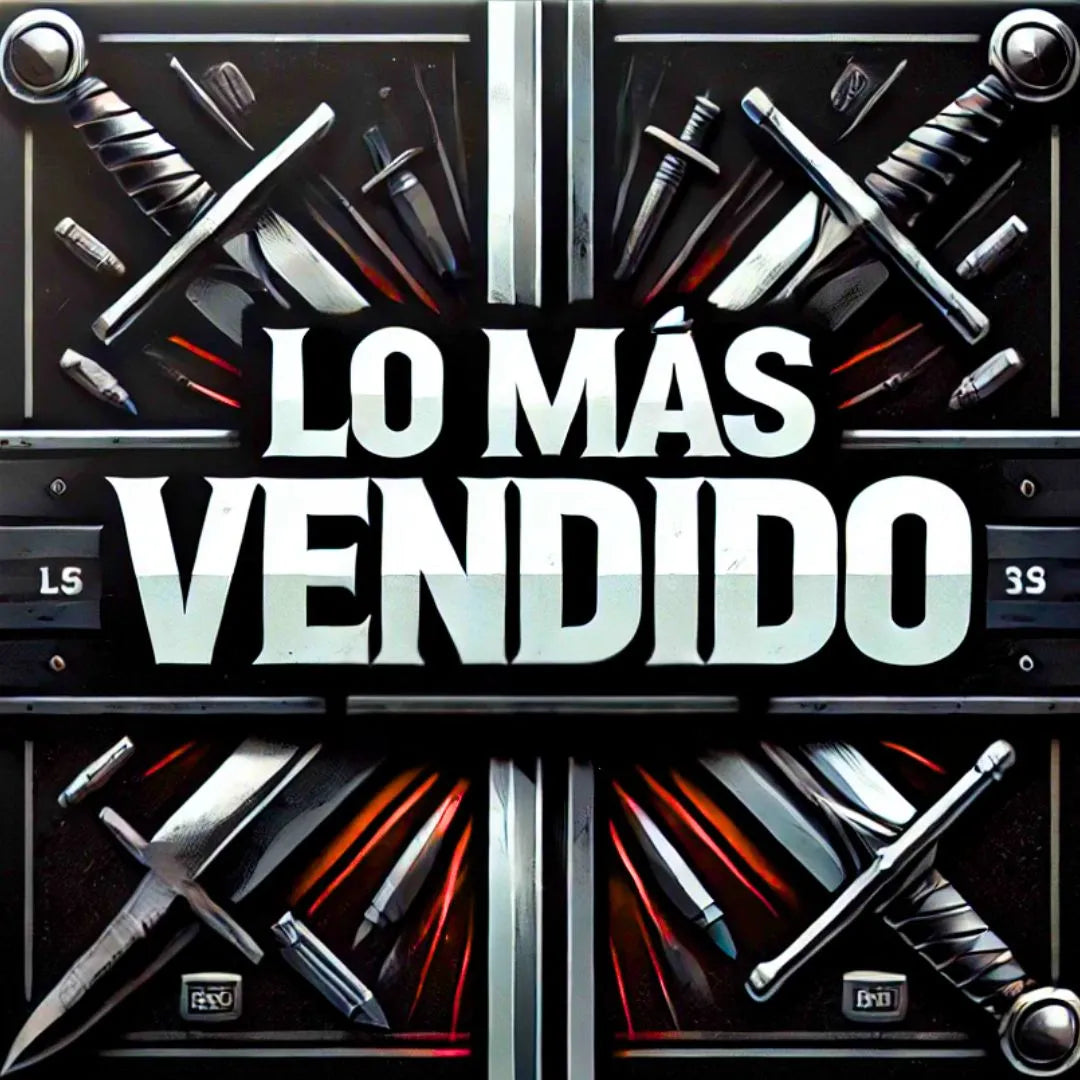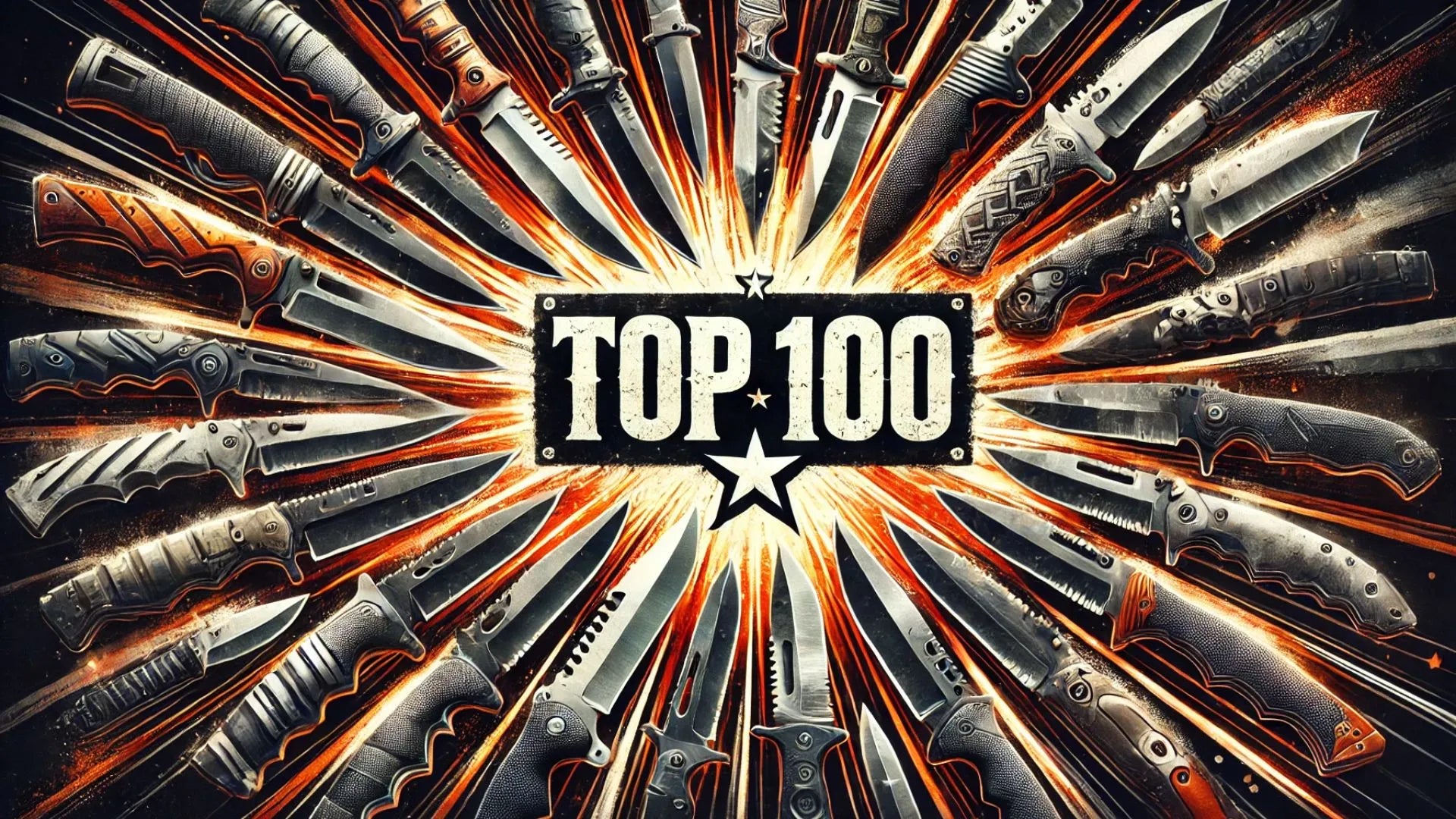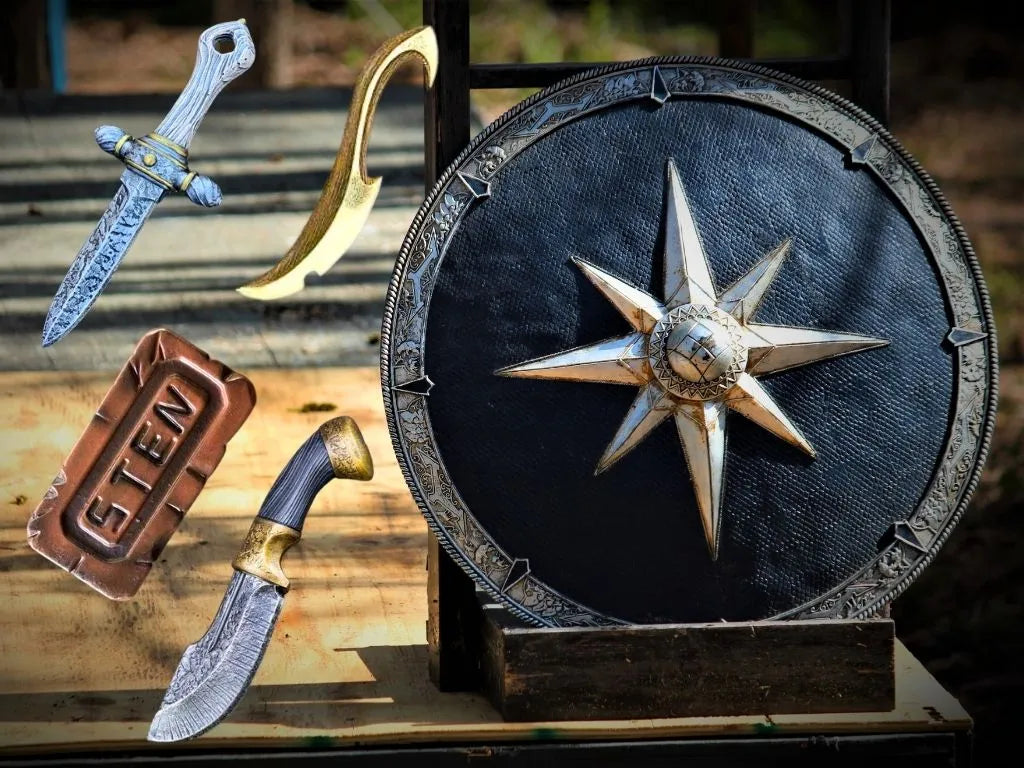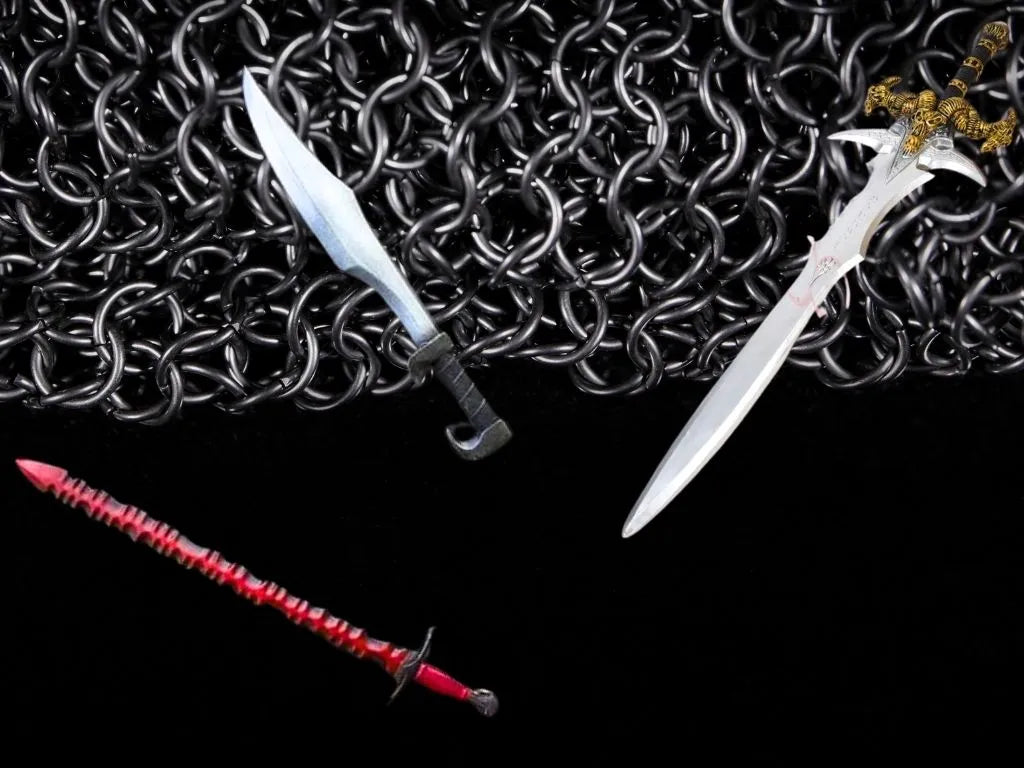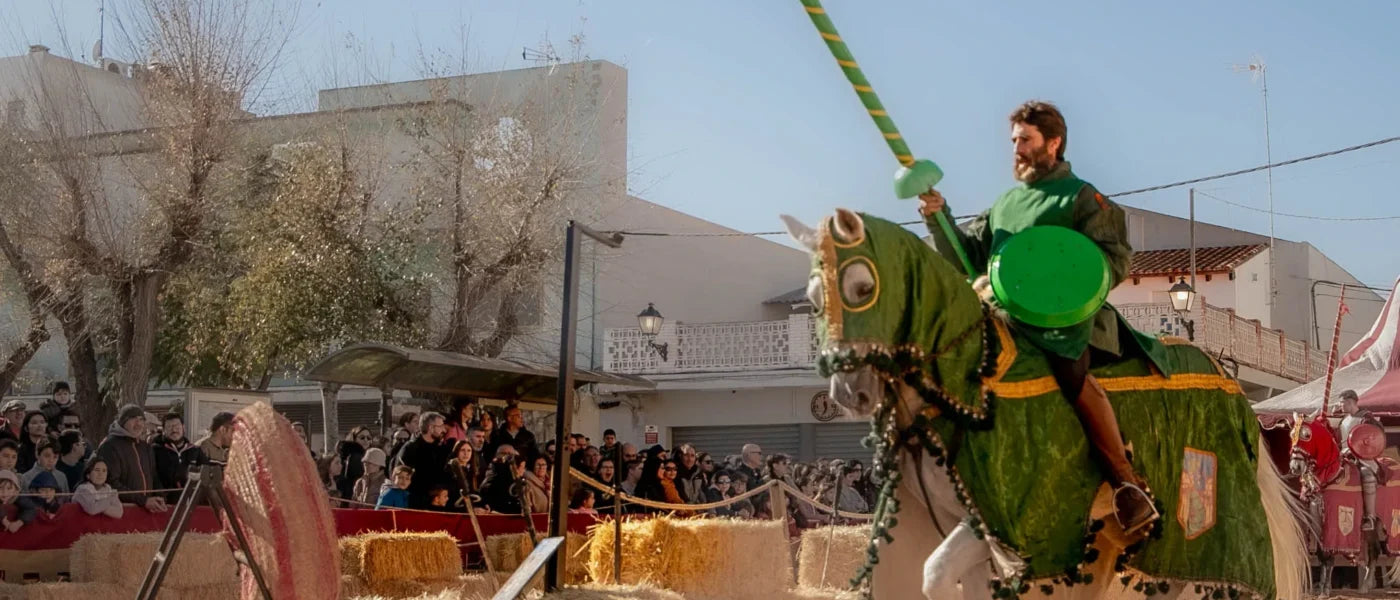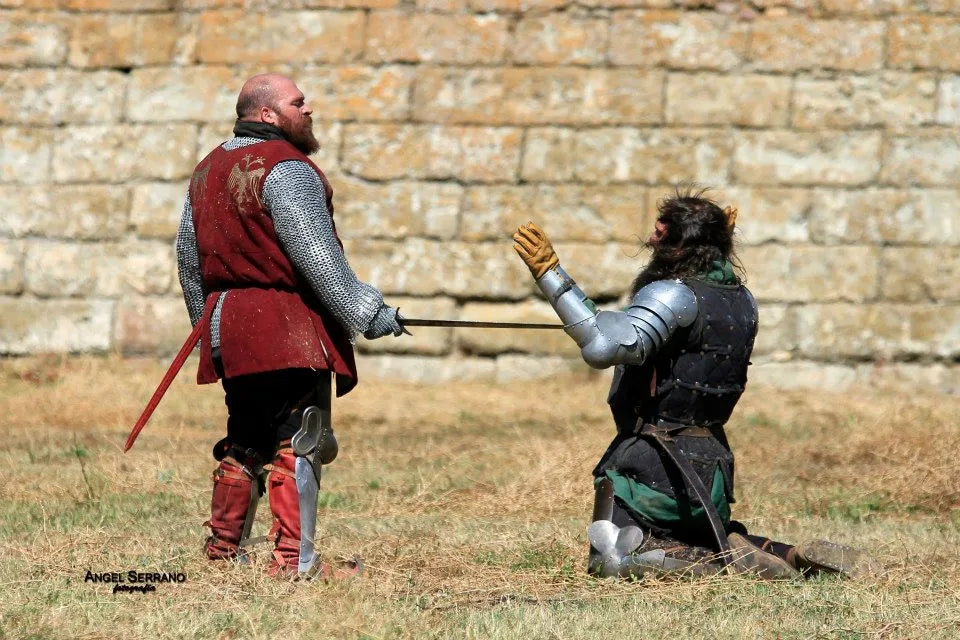The history of Japan. That magical country that calls to many of us, whether we are martial artists, fans of anime, Asian culture or simply inveterate travelers.
There are few things in Japanese history that fascinate us more than the word "Ninja." We tend to imagine mysterious warriors dressed in black leaping across rooftops on a military mission that usually involves assassination or the assault of a castle.
On this subject, several things need to be clarified:
-The Ninjas, whom we will call shinobis (or shinobi no mono) from now on (since it is a more historically correct term than the word ninja) existed , they are a real and relevant part of the history of Japan, however, their image has come to us distorted from Japanese cinema (heir to the image of the Kabuki theater).
Check out our katanas:
https://espadasymas.com/collections/katanas
- Being a Shinobi was a job , the job of someone who was dedicated to espionage in the historical context of feudal Japan. There were also female Shinobi.
-On many occasions, the Samurai was the same person who acted as a Shinobi.
-They had a predilection for the art of disguise, camouflage and were highly effective.
So what was a Shinobi really?
Shinobi were the specialists in covert tactics in feudal Japan (In another article we will talk about Iga and Koga (Koka) ). Although their origins can be traced back to the 12th century or earlier, shinobi were active during territorial conflicts in Japan.
There was a historical period in Japan where war was of special prominence and shinobi no mono were used with great alacrity, we are talking about the Sengoku Period (Special mention deserves the Oda Nobunaga incident in Iga , but we will also tell about that in another article ;) )
And where are martial arts?
The role of the Shinobi was mostly focused on stealth, espionage, infiltration etc, however throughout the history of Japan martial arts techniques and schools have been developed, which are called Bujutsu , and more recently, Budo . During the training of the Shinobi, in addition to the rest of the skills, those with greater resources, also due to their training as samurai, were trained in martial arts, and within them, in some "special" techniques when using, for example, weapons.
Check out our practice katanas:
https://espadasymas.com/collections/katanas-de-practicas
Can I learn Ninjutsu nowadays?
The role of the Shinobi and therefore of ninjutsu as a bona fide profession has long since disappeared. The last records of Japan using such skills date back to World War II. However...
In the last 50 years , different schools of Ninjutsu have proliferated, such as those related to the legacy of Takamatsu Sensei (DEP) and Hatsumi Sensei such as Bujinkan, Genbukan or Jinenkan and those that emerged from these.
In addition, schools of other lineages such as those of Kawakami Sensei or Shunichiro Yunoki Sensei (DEP) have also amazed their students with their knowledge and training capabilities.
All of these schools have developed their own teaching methods, which may vary from one to another, of course, modern life has changed and the context is not the same as that of Feudal Japan, but if you are interested in arts of Samurai and Shinobi origin, it would be a good place to look.
Some of these schools give more importance to traditional ninjutsu, others focus on martial arts at first and then move on to details of historical ninjutsu disciplines, and of course, within each organization it also depends a lot on the teacher you meet.
At Espadas Y Más we recommend taking this into account and looking for a school that prioritizes your evolution as a martial artist, that teaches those ninjutsu disciplines that you are looking for, and of course that respects your physical integrity and your freedom as a person and practitioner, in short, a school that is both good and healthy.
Check out our naginata:
https://espadasymas.com/products/uc3101-lanza-naginata-m48-united-cutlery-video

